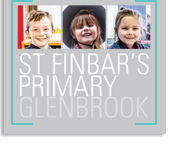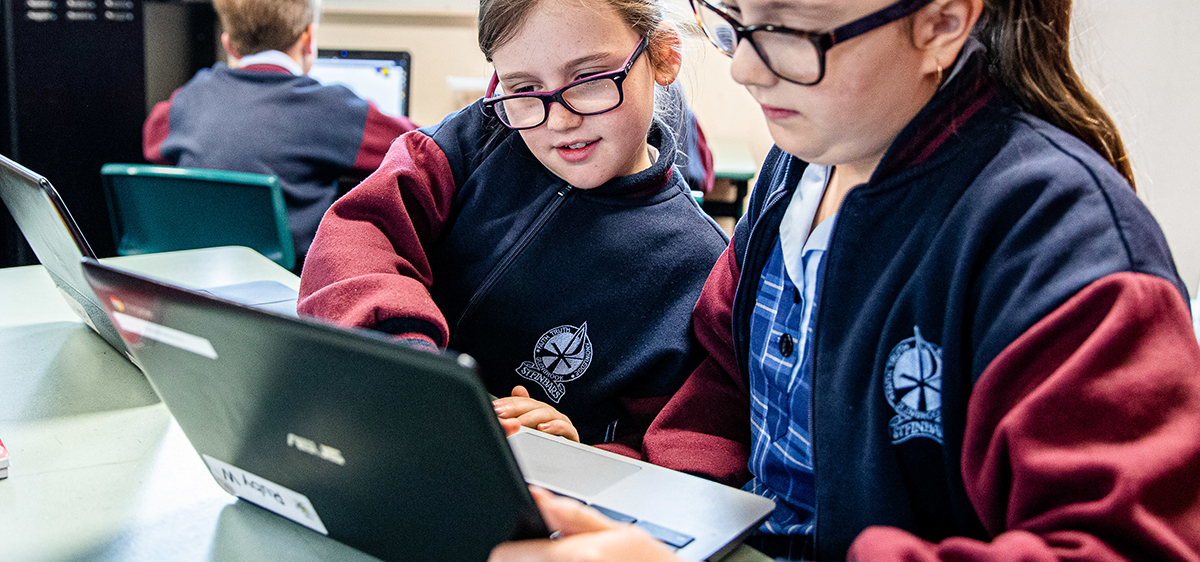Psychologist Jason Moser found that when we make a mistake, the brain has two potential responses.
The first, called an ERN response, is increased electrical activity in the brain when it experiences conflict between the correct response or an error. This increased activity occurs whether or not the person making the response knows if they have made an error or not. The second response, called Pe, is a signal reflecting conscious attention to mistakes.
In short, when you make a mistake your brain grows. When you solve a problem or task that is easy your brain stays the same.
Here are some suggestions for encouraging positive thinking about mistakes:
1. Ask your child when they make a mistake to present the mistake/s (especially deep, conceptual ones) on a piece of paper or a board, so that you can discuss what it was and learn from them. If one child makes a conceptual mistake, there are probably many others making the same one.
2. When your child gets something wrong – instead of being discouraging or sympathetic, say “That is really good for your brain! Synapses are firing.”
When we make a mistake our brain sparks and grows.
We want students to make mistakes
Every time you make a mistake you create a synapse
Value students mistakes. Let them share them and be rewarded
When we teach students that mistakes are positive, it has an incredible liberating effect on them.
When students get the answer right their brain doesn’t grow
In the coming week, an email will be sent to each household outlining where the child's understanding is for the domains of Counting, Place Value, Addition and Subtraction and Multiplication and Division. This message will let you know what you child is currently able to do, based on our recent Mathematics Assessment Interview, and what their next step is.
To help you work with your child/ren at home on this information, I have developed a resource pack of cards that outlines with models, visuals, videos and abstract content what this looks like. I hope you find them valuable and enabling.




